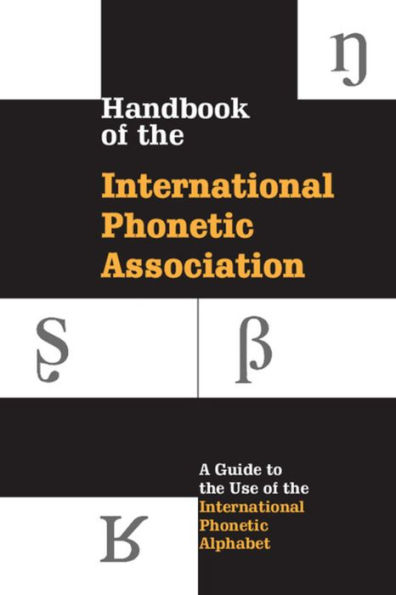5
1
9780521637510



Handbook of the International Phonetic Association: A Guide to the Use of the International Phonetic Alphabet available in Hardcover, Paperback, eBook

Handbook of the International Phonetic Association: A Guide to the Use of the International Phonetic Alphabet
- ISBN-10:
- 0521637511
- ISBN-13:
- 9780521637510
- Pub. Date:
- 06/28/1999
- Publisher:
- Cambridge University Press
- ISBN-10:
- 0521637511
- ISBN-13:
- 9780521637510
- Pub. Date:
- 06/28/1999
- Publisher:
- Cambridge University Press

Handbook of the International Phonetic Association: A Guide to the Use of the International Phonetic Alphabet
$48.99
48.99
In Stock

Product Details
| ISBN-13: | 9780521637510 |
|---|---|
| Publisher: | Cambridge University Press |
| Publication date: | 06/28/1999 |
| Edition description: | New Edition |
| Pages: | 213 |
| Sales rank: | 710,692 |
| Product dimensions: | 5.91(w) x 9.02(h) x 0.59(d) |
From the B&N Reads Blog

